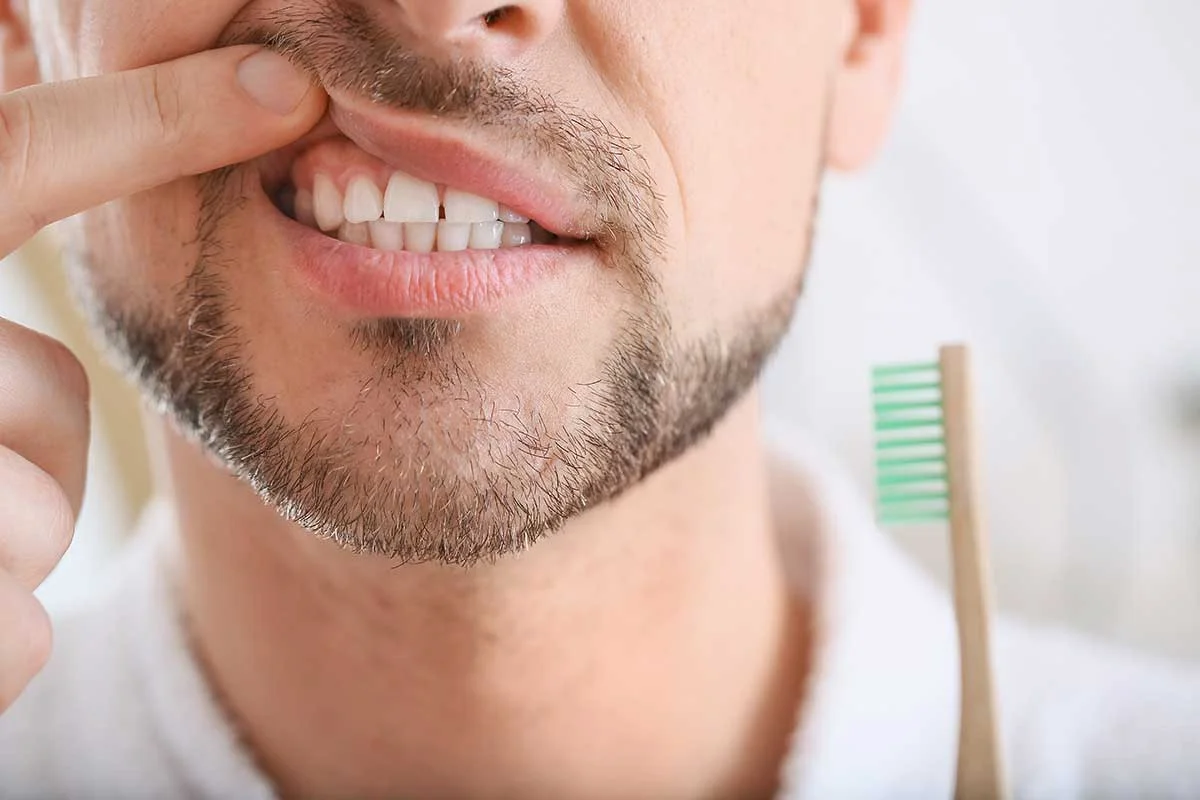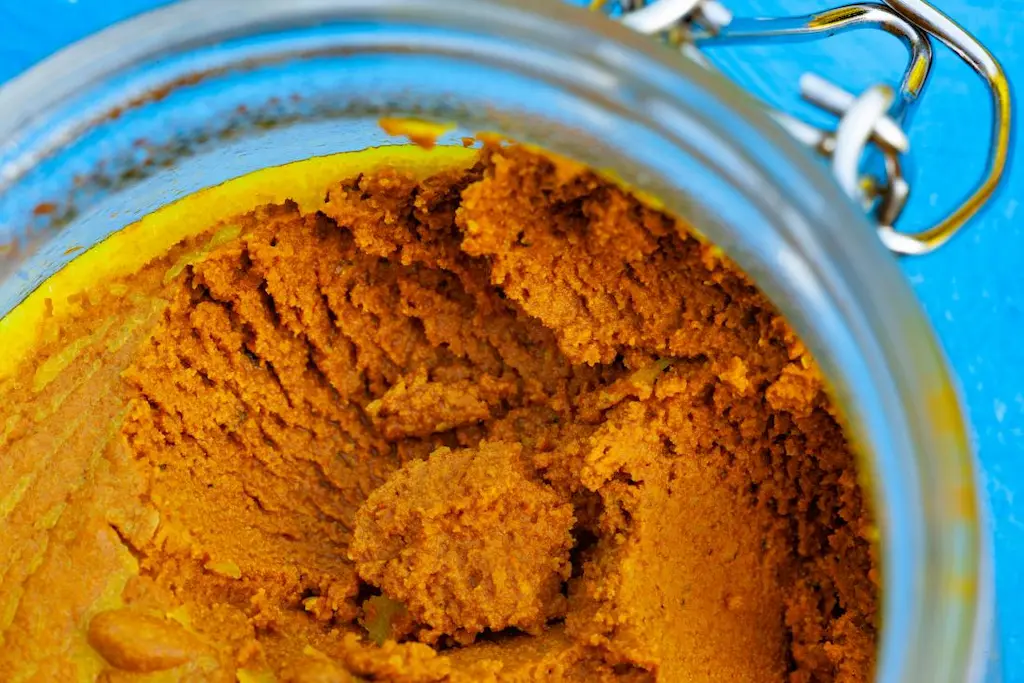Submit Request ...
-
Forums
How to relieve gum pain fast

A person may have gum pain because they have a condition that affects the gums, or because they are simply brushing too hard.
Some other causes of gum pain include:
✓ canker sores
✓ friction from dental devices, such as retainers or dentures
✓ hormonal changes, in females
✓ gingivitis, which often causes the gums to bleed
✓ oral thrush, a fungal infection that can cause a yellowish film to form in the mouth and throat
✓ periodontitis, a serious infection that can develop if a person does not receive treatment for gingivitis
✓ cancer of the mouth or throat, though this is less common
Home remedies can help soothe gum pain, and when it is mild, they can completely eliminate it. However, if the pain is persistent or severe, a person should seek medical advice.
In this article, we list seven home remedies that can provide quick relief from gum pain. We also discuss when to see a dentist.
7 home remedies and how they work
In the sections below, we list seven home remedies that may provide quick relief from gum pain:
1. Hot or cold compresses

Applying a hot or cold compress can help reduce swelling, which can relieve pain in the gums.
To make a hot compress for the gums, dip a clean cloth into hot, but not scalding, water. Wring out the excess water, then press the cloth against the area of the cheek or lip that covers the painful part of the gums.
To make a cold compress, use an ice pack wrapped in a clean cloth.
2. Salt water
Rinsing or gargling with salt water can reduce the number of potentially harmful bacteria living on the gums. This can help reduce any swelling that is causing pain.
To make a salt water rinse:
✓ Mix a quarter teaspoon of salt into a glass of warm water.
✓ Take a sip and swish the solution around in the mouth, or gargle with it, before spitting it out.
✓ Repeat this as often as necessary.
3. Tea bags
Many teas contain plant compounds called tannins. According to some research, tannins can reduce gum pain by killing bacteria that may irritate the gums.
Green, hibiscus, and black teas all contain significant quantities of tannins. These compounds cause the puckering feeling in the mouth after drinking strong tea or red wine.
Some teas contain ingredients that may help reduce inflammation, including ginger and additional chamomile.
To reduce gum pain, steep a tea bag in boiled water for a few minutes, then remove it, allowing it to cool slightly. While the bag is still warm, apply it directly to the site of the pain for around 5 minutes.
4. Herbal paste

People have used herbs for their pain relieving properties for centuries.
Cloves, turmeric, and plants in the Spilanthes genus may help reduce pain, and a person can use these to form a paste that they can apply directly to the gums.
To create an herbal paste:
✓ Mix a powdered form of turmeric or clove, for example, with a small amount of warm water. Mix until the consistency becomes paste-like.
✓ Apply some of the paste directly to the site of the gum pain.
✓ Leave the paste on for a few minutes, then rinse it away.
✓ A person can use the paste as often as necessary to help alleviate pain.
5. Essential oils
Many pharmaceutical products contain essential oils due to the various health benefits that they provide. A person can also purchase essential oils to create their own remedies.
Clove, oreganoTrusted Source, and peppermint oilsTrusted Source all have properties that may help reduce inflammation, decrease pain, and improve circulation.
A person can make a spray containing essential oil and water and use this to reduce gum pain. To create the spray, add 4 or 5 drops of essential oil and 1 ounce of water to a clean spray bottle. Spray the mixture onto the site of the gum pain.
6. Oral gels
Benzocaine is a medication that can numb sore gums, and it is the main ingredient in common oral gels, such as Orajel and Anbesol.
It is important to follow the instructions on the label when using an oral gel to treat gum pain.
7. Over-the-counter pain medication
Pain relievers such as acetaminophen (Tylenol) and ibuprofen (Advil) can help ease dental and oral discomfort.
A person may see the best results when they combine over-the-counter (OTC) pain relievers with home remedies, such as gargling with a salt water solution.
When to see a dentist

A person can often relieve mild-to-moderate gum pain at home. However, it is important to be aware of the warning signs that can indicate a potentially serious underlying health issue.
Some symptoms to look out for include:
1. persistent pain
2. severe pain
3. swelling
4. a fever
The presence of any of these can suggest that a person has gum disease or another condition, such as oral thrush, that requires professional treatment.
When an infection is causing gum pain, receiving treatment for the infection will usually relieve the pain.
Articles are reviewed by Dr. Moein Taghvi. This information is for educational purposes only. This content is not intended to be a substitute for professional medical advice, diagnosis or treatment. Always seek the advice of your dentist, physician or other qualified healthcare provider.
Please let us know what you think!